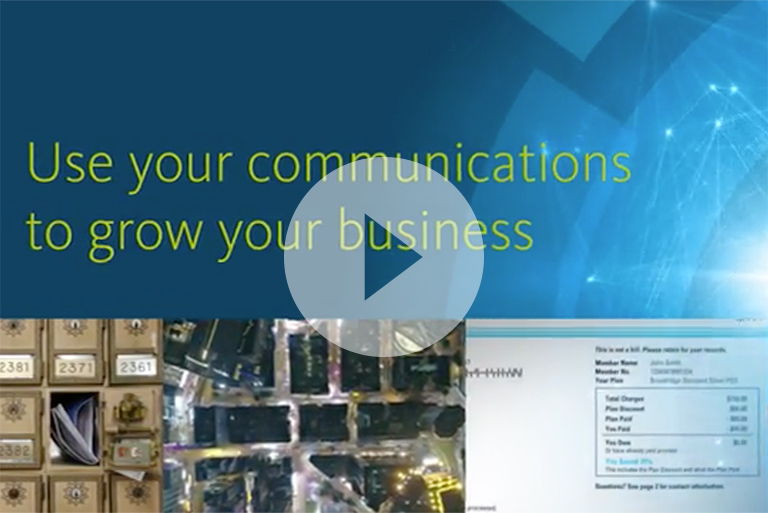Episode 16: “Succeed to Create a Better World” with Chunka Mui
How do you measure success, avoid failure, and seize innovation opportunities while improving this thing called “life”? Chunka Mui reflects on how his measurements of success have taken on a global scope, how we can learn from the failures of others, and how innovative achievement often requires getting out of our own way.
Taking a World View: “I've focused on innovation at the intersection of technology and strategy for my entire business career. Much of that time, I thought about the work from a lens of business innovation. That implies success metrics like new products and services, and competitive advantage, market share, and, ultimately, market value. Don't get me wrong, those are good scores to keep, but as I think about innovation today and I absorb the disruptive power of technologies that we're building, especially over the last 10 years, I've tried to pivot to a bigger question in my work, which is, ‘What is the social good or bad of these innovations that we're working on? Does it make the world a better place? How much better? How much worse?’ Incrementally better is good and that adds up over time, but what I choose to focus on is business innovations that also aim to make the world a much better place – from the world standpoint, not just from the market-value standpoint.”
Reflecting on his book, Billion Dollar Lessons: What You Can Learn from the Most Inexcusable Business Failures of the Last 25 Years: “That's the book where we analyze about 2,500 of the biggest business failures across public companies in over 25 years. The idea was to identify the lessons that might help today's executives avoid making a similar mistake… The biggest surprise was that the conventional wisdom of business success is, in the end, all about execution. Our analysis of all those failures show that almost half of them involve fundamental mistakes in planning – errors that probably could not have been saved by great execution. These were mistakes that were identified in hindsight, but they were faulty assumptions or big miscalculations made in spite of what was known at the time. For whatever reason – sometimes ego, sometimes the social dynamics of the strategy process, sometimes short time horizons – those errors were made. One particular error that might be of particular interest to your listeners was when companies overestimated the loyalties of their customers, like an airline, a hotel chain and a car rental company thinking they could offer a bundled service to their collective customers. Customers didn't care. All that money to combine those companies was lost because they expected synergies that weren't there. It also happens when you have consolidations within an industry… because customers don't really care that you can operate more efficiently together. They care about the kind of service they had beforehand. Customer loyalty often falls into the mistakes of those failures.”
Revisiting Predictions from 1998: “What we predicted in 1998 was that the internet and related technologies were going to be horizontal disruptors across all industries. We saw that it would challenge industry boundaries and business models that didn't really think of themselves as Information Technology industries. I don't think there's any argument about that today, but it was pretty bold and crazy stuff back then… If I went back and wrote a sequel, I would address how large companies could use those same tools that were driving the first generation of killer apps on the internet for startups but take those tools and integrate it with the kinds of expertise, scale and relationships that large companies have… Fast forward from 1998 to 2019, if you think about some of the most formidable and innovative companies in the world right now, many of those are really large companies. They are way past their startup stages… If you think about two of the most valuable companies in the world, Apple and Amazon, we tend to forget they've been around for decades. They've launched many generations of products in multiple industries to tremendous success. I hope you don't mind, even your company, Broadridge, which many might think of one of the largest centers of paper statements and mail. You know, you're driving the pace and thinking about digital communications.”
Understanding Customers: “If you look at digital transformation right now, one of the biggest drivers of innovation is about deep understanding of customers: their attributes, their behavior, the context in which they operate. If you think about what's driving value in some of the most valuable companies right now, it's all around having a virtuous cycle of platforms and products that leverage understanding of customers. I think the biggest impact on customer communications is the opportunity to turn the whole concept around, to look at it not from the sender's or communicator’s perspective but from the customer’s perspective… How can you integrate all that data and turn it into knowledge about the customers that can drive demand and value to customers? How can they apply a deep understanding of their customers to benefit their customers and use that to drive their innovation strategy?”
Avoiding Complacency and Panic: “You have to have the willingness to start from a clean sheet of paper and say, ‘Okay, what are all the things that might be possible for me to do?’ It's not that I'm suggesting you do them all, but you have to understand what the whole consideration set is – all the way from the biggest opportunities to the biggest dangers. Only if you have that large perspective can you decide the fruitful things to pursue. The way you pursue them is to not fall in love with any one of them; you pursue them in a rigorous scientific way and you start small… Be willing to throw away things that don't work or ask what the next stage of questions for the things that do… Now, on the failure side what happens is that companies tend to limit themselves early. Big companies often swing from complacency to panic. They think small and then something happens, usually at a competitor or in a strong environment, and they say, ‘Oh, my goodness, we missed it. We better get back in the game’ and they go from thinking small to betting big. When they bet big, it's during crisis, and they have no time to learn because they only have one option. So it's a contrast between thinking big, starting small, and learning fast, and having a systematic approach to innovation, or thinking small, betting big, and having build-time to learn.”
Never miss an episode: Click the icon to subscribe to the Reimagining Communications podcast on the channel of your choice.












